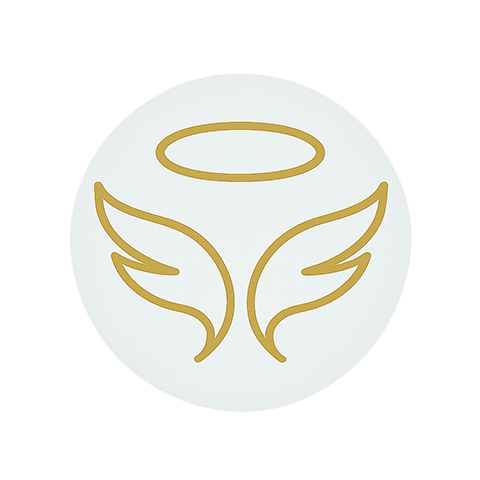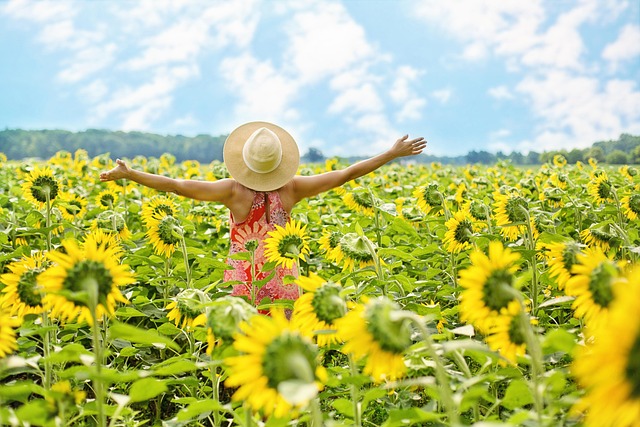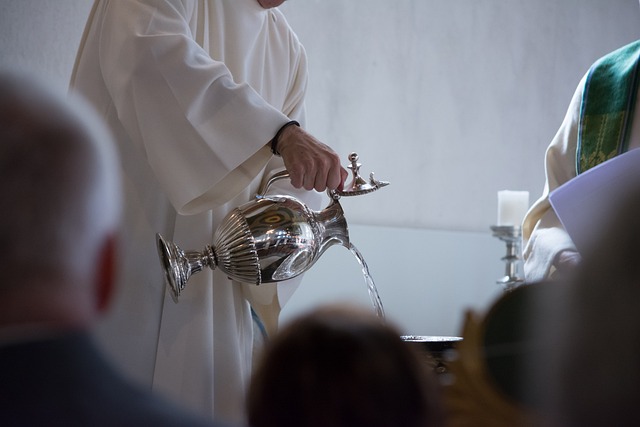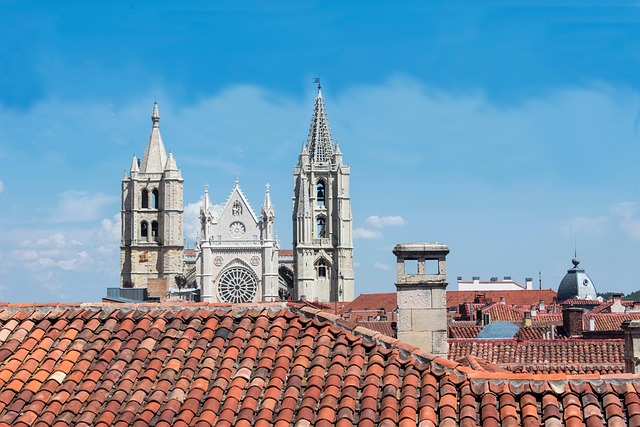Rituals have been an integral part of religious practice across cultures and eras, serving as a medium through which the divine is accessed and experienced. Among these rituals, one gesture resonates across various faiths: the symbol of outstretched arms. Whether it’s in a church, a temple, or a gathering around a sacred fire, this gesture embodies a multitude of emotions and signifies an openness to the divine.
The message of outstretched arms extends far beyond the simple act of reaching out. It signifies a welcoming of spiritual presence, a yearning for connection, and an acceptance of both divine blessings and communal support. In many traditions, this posture is seen as an invitation to the divine, urging followers to embrace and be embraced by their spirituality. It creates a sacred space where individuals can transcend the mundane and immerse themselves in the profound.
In Christianity, when worshippers raise their hands in praise, it symbolizes surrender and submission to God’s will. Catholics, during the Mass, often extend their arms to signify unity and participation in the sacred rituals. Similarly, in various branches of Buddhism, participants may stretch their arms during meditation, encompassing the flow of energy and reinforcing the connection to the universe.
The outstretched arms often evoke a sense of community and shared experience. In communal rituals, it encourages individuals to unite in their faith, combining their energy and intentions toward a collective purpose. This sense of belonging is vital; it fosters emotional connections that empower individuals to feel supported in their spiritual journeys. Everyone’s arms becoming outstretched not only reflects personal devotion but also symbolizes the intertwining of many souls reaching for the same divine presence.
Cultural expressions of this gesture can be seen in the Jewish practice of Birkat Kohanim,” or the Priestly Blessing, where the priests extend their hands towards the congregation. In Hinduism, during various pujas, individuals stretch their arms while offering prayers, symbolizing their hopes and aspirations reaching out to the cosmos. In these moments, the outward gesture becomes a bridge, connecting the finite human experience with the infinite divine.
Moreover, the significance of outstretched arms transcends religious boundaries. It represents a universal longing for connection – not only to the divine but also to one another. In a world that often feels fragmented and divided, this simple gesture serves as a reminder of our shared humanity and the collective search for spiritual truth. It instills a sense of hope and purpose, reinforcing the idea that we are all in this together, navigating the complexities of life and faith.
In times of distress, raising our arms can also be a plea for help or a silent cry for comfort and peace. During personal prayers, the act of extending arms can be a powerful expression of vulnerability and trust, inviting the sacred into our lives. This physical manifestation of faith fosters emotional healing and spiritual awakening, enabling individuals to confront their fears and embrace their truest selves.
As we participate in rituals that involve outstretched arms, we tap into a collective consciousness that is ancient yet ever-relevant. We are reminded that through these gestures, we can channel the energy of our beliefs into tangible expressions of love, faith, and unity. Embracing the divine with open arms is an invitation to both experience and share our spirituality, transcending individual limitations and connecting with the greater tapestry of existence.



